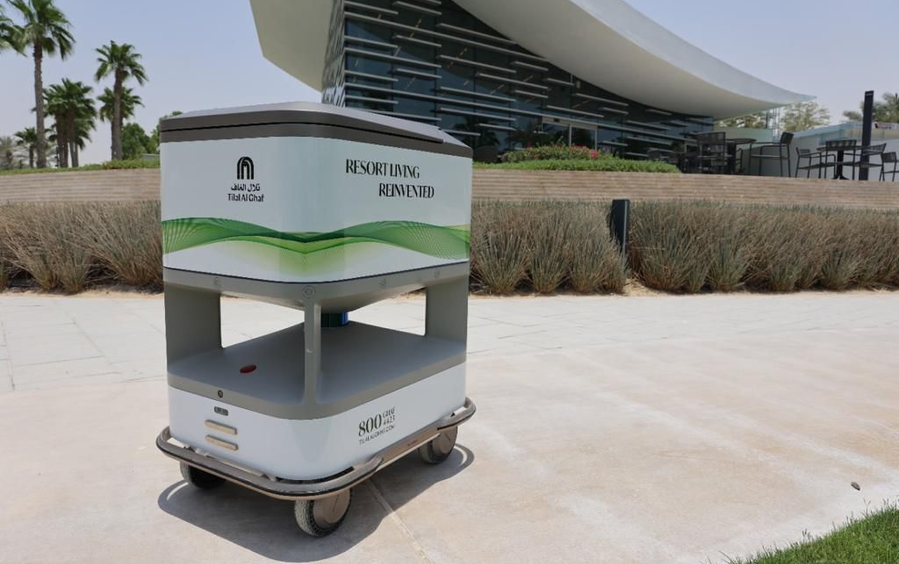From when Isaac Asimov’s‘I, Robot’ collection of short stories was first published in 1950,the interaction between man and machine has captured the public imagination. Since then, the concept of robots has gained a firm foothold in popular culture as objects to be both feared and loved in equal measure.
Throughout the second half of the 20th century, robots have appeared in myriad forms on both big and small screens. From amicable depictions of human and robot relationships, such as those portrayed by the lovable Star Wars droid R2-D2 and the brilliantly sarcastic Rosie the Robot in The Jetsons, to darker dystopian narratives depicting apocalyptic battles for superiority as typified by the Terminator series, to more philosophical explorations around to what extent sentience in robots is possible, the most notable of which include Blade Runner and A.I. Artificial Intelligence, the popularity of the robot narrative has proven enduring.
While the advent of the Fourth Industrial Revolution is undoubtedly transforming our present reality, the good news is that we’re unlikely to be battling malevolent cyborgs in the streets any time soon. As advances in artificial intelligence (AI), machine learning (ML), and the Internet of Things (IoT) continue to emerge at an unprecedented pace; however, automation in the workplace and at home will continue to enhance how we navigate and experience the world.
Today, automated technology touches almost every part of our lives, from the automatic doors at the mall and self-service checkouts in the supermarket to how food is harvested in agriculture, goods assembled on the factory line, and business processes are automated in the office. AI,in particular,is increasingly pervasive. We may not yet have met the Turing test goal – to build a computer that imitates humankind so perfectly that the difference between human and machine can’t be perceived – but AI’s capabilities continue to evolve at breakneck speed.
From automated vacuum cleaners to smart fridges, the next tech frontier is firmly fixed in the domestic realm. Customer service chatbots have fast become the norm, connected communities and homes have grown beyond being a sci-fi storyline to a ‘must-have’ mod-con, and predictive omnichannel experiences at our fingertips are blurring the boundaries between what is real and what sits in the virtual realm. Driverless cars, delivery drones, robot chefs, and robot-assisted surgeries are already here and on the cusp of going mainstream, with companion robots increasingly being used to help care for the elderly, for domestic security purposes and to undertake a broad scope of service tasks. The growth potential is huge; the household robots market was valued at US$ 6.81 billion in 2021, a sum predicted to more than triple to US$ 21.94 billion by 2027.
Robots also have the potential to add considerable value to residential communities. Majid Al Futtaim – Communities, part of Majid Al Futtaim Properties, is deploying a troop of robot employees to carry out essential tasks to support its core sales and operations team at Tilal Al Ghaf the destination creator’s flagship community in Dubai. Visitors to the premium resort-style destination, which is conveniently located near the intersection of Sheikh Zayed Bin Hamdan Al Nahyan Street and Hessa Street, will be greeted by Terminus, a humanoid attendant robot, upon arrival at The Pavilion – Tilal Al Ghaf Sales & Experience Centre, the region’s first Zero Positive building.



Comments are closed.